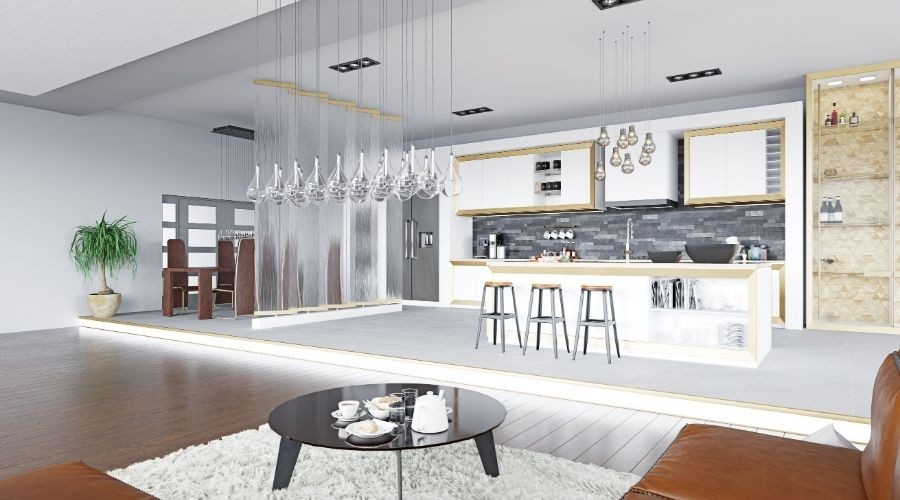Which Type of Water Filtration System Is Best for a Modern Home?
These days, there are so many choices available for residential water filtration. They vary wildly in size, cost, effectiveness, and installation. Of course, water pitcher filters are a popular option, but they’re not very big and tend to take a while to fill up, which means they may work for a bachelor but aren’t exactly ideal for a family. They also remove only a relatively small percentage of pollutants from water.
For most homes, installing a filtration system at the source is the best solution. There are three main options for this kind of filtration - faucet filters, under-sink filters, and whole-home filters. So which is best? The answer ultimately comes down to which one best fits the specific needs of a household. Keep reading to learn how the different types of water filtration work.
Faucet Filters

The first type of water filtration system to consider is a faucet filter. This is a small device installed on the faucet as a sort of extension of the nozzle. Most models give users the option to switch instantly between filtered and unfiltered tap water at the flick of a switch.
Faucet filters work by running water through a small block made of activated carbon and a mineral called zeolite, which absorbs certain large-particle pollutants like chlorine and certain minerals. However, because the water spends so little time in the filter and the filter is so simple, it won’t protect against most small-particle pollutants such as bacteria or lead. Faucet filters are an easy and inexpensive solution for those who want to improve the taste and smell of their water but aren’t concerned about the more rarified potential contaminants.
Under-Sink Water Filtration
 The next type of filtration system is the under-sink water filter. As the name suggests, this is installed underneath the sink (typically in the kitchen) and filters water before it reaches the faucet. Some models share a similar filtration method as faucet filters but with a much larger filter that absorbs more pollutants.
The next type of filtration system is the under-sink water filter. As the name suggests, this is installed underneath the sink (typically in the kitchen) and filters water before it reaches the faucet. Some models share a similar filtration method as faucet filters but with a much larger filter that absorbs more pollutants.
Other models use a more sophisticated filtration method called reverse osmosis (RO), which is capable of removing a much wider range of contaminants, including minerals, heavy metals, bacteria, viruses, and fluoride. Under-sink RO systems are a bit more expensive and generally require the installation of a secondary faucet. This may be the best option for those interested in having clean, safe water for drinking and cooking.
Whole-Home Water Filtration Systems
The third type of water filter is the whole-home filtration system. Instead of filtering the water at a single faucet, these filter and purify the entire home’s water supply so that every faucet and fixture in the house produces safe, clean water. Installed at the point where the water main meets the home’s plumbing system, most whole-home filtration systems use a three-stage filter sequence to remove a wide range of pollutants, including pesticides, microorganisms, and volatile organic compounds.
Whole-home systems are considerably more expensive than the other types of filters, but they are the most comprehensive and effective filtration method, both in terms of the range of contaminants they remove and the amount of water they handle. Many homeowners find that having purified water in every fixture is well worth the initial investment.
About Sheely Plumbing, Inc.
Sheely Plumbing, Inc. has been serving Alto, Michigan, and the Greater Grand Rapids area since 2010. As a family-owned local business, they are dedicated to punctuality, professionalism, and superior service at an honest price. They offer flat-rate pricing and a 100% satisfaction guarantee. Call Sheely Plumbing, Inc. today for more recommendations about water filtration in Alto, Michigan.



























